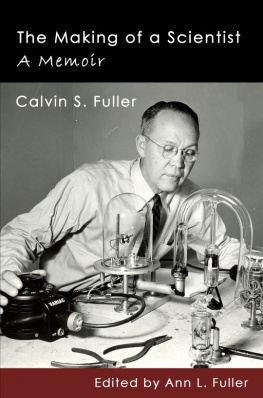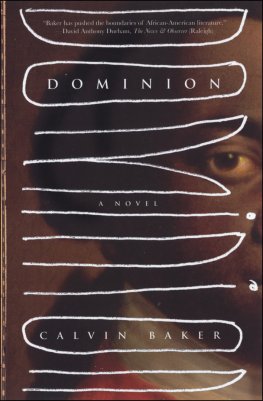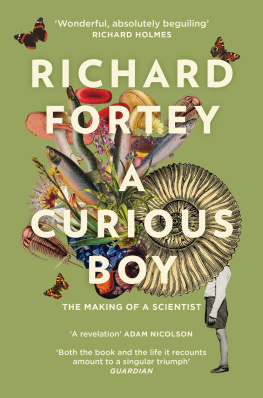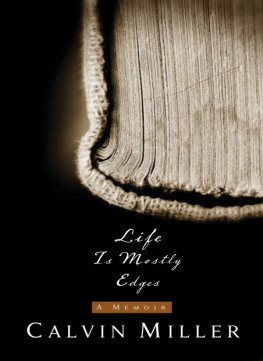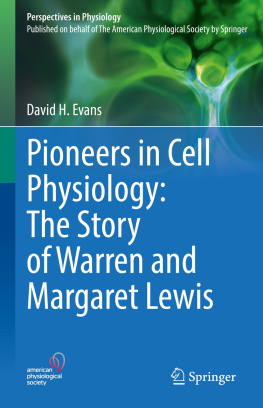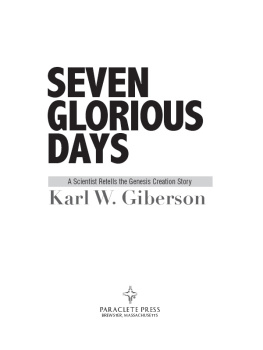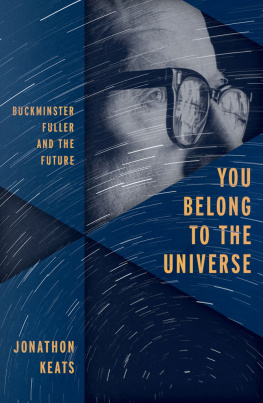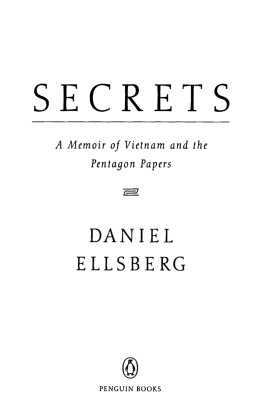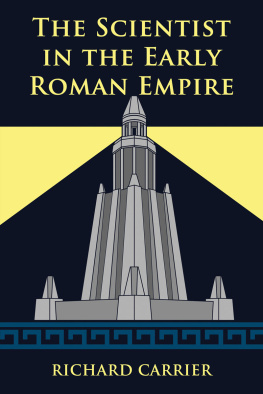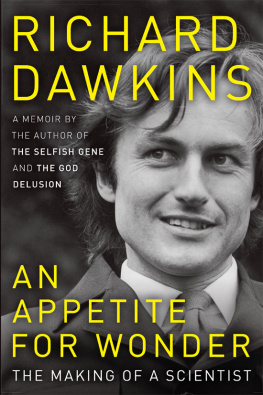The Making of a Scientist: AMemoir
Calvin Souther Fuller
With reminiscences byWillmine Works Fuller
Edited byAnn L.Fuller
Copyright 2014 John W. Fuller, Stephen S. Fuller,Robert W. Fuller, Ann L. Fuller
All rights reserved. No part of this book may bereproduced in any form by any electronic or mechanical meansincluding photocopying, recording, or information storage andretrieval without permission in writing from the author.
Smashwords Edition
ISBN: 9781311952912
Table of Contents
Calvin Souther Fuller (1902-1994) was not aparent who freely shared his feelings with his children or regaledthem with stories of his youth. What he did do, however, was set anexample of fair play, hard work, and unstinting commitment to ourfulfillment.
As if to compensate for his reticence, latein life, he wrote a memoir of growing up in gangland Chicago, hisdeliverance via the University of Chicago, and his career inscienceculminating in the co-invention of the solar cellat BellTelephone Laboratories.
In the memoir, he revealed the toll taken onthe family by his father's alcoholism. Perhaps his most beneficentlegacy to his three children was that of a husband and father whonever raised his hand, or even his voice, to his wifeour motherorto us.
Calvin Fuller chronicled his life for hisfamily, not the general public. A private, humble man, he would bechagrined not only by the idea of publishing his story, but also bythe presumption that it might be of broader interest.
In the decades since his death, it hasdawned on us that it would be ungenerous to keep his reflectionswithin the family. So, not without misgivings, but unanimously,we've decided to publish our father's memoir so that others mighttake inspiration from his exemplary life, as have we.
John William Fuller
Stephen Souther Fuller
Robert Works Fuller
Calvin Souther Fuller (1902-1994) livedthrough most of the twentieth century. In 1986, he was interviewedby the Chemical HeritageFoundation as part of a series to preserve thestories of notable figures in chemistry (1). At about the sametime, he began to write a personal account of his life. Two of hissons, John and Stephen, discovered the memoir while cleaning outtheir mother Willmine's apartment after her death in 2001.
In Part 1 of his memoir, Calvin Fullerdescribes his childhood on the South Side of Chicago, his extendedfamily, and his association with neighborhood boys. Although heexcelled academically, he also engaged in games, sports, pranks,and mischief. At the same time, he developed an interest inbuilding things, tinkering, and chemistry, aided by his youngestuncle, Norman Souther, a budding inventor only four years hissenior. While Calvin had the loving support of grandparents, hisfather's alcoholism led to chronic financial instability, familystress, and frequent moves within Chicago for him, his sister, andhis mother.
In Part 2, he chronicles his efforts toacquire a higher education while contributing to the family income.With the help of Mabel Walbridge, his high school physics teacher,he won a scholarship to the University of Chicago, where he spenthis first two college years (1920-1921) studying science. Forced todrop out for financial reasons, he worked first as a chemicalanalyst and then as a photoengraver, continuing his education innight school and during the summers. Eventually he returned tocampus to finish his B.S. in 1926 and to pursue a Ph.D. inchemistry, which he received in 1929.
The rest of the memoir, Part 3, covers hisscientific career at Bell Telephone Laboratories from 1930 to 1967,doing research in polymer chemistry and solid state physics. Italso describes his involvement in the Government Synthetic RubberProgram during World War II, his later professional activities, andhis family life.
In 2009, John Fuller began to scan theoriginal typewritten version of his father's memoir, using opticalrecognition software, to create a more readable version for thefamily. However, because of the many revisions, inserts, andhandwritten notes in the original, this approach becameoverwhelming and he completed only part of the scan.
In 2013, Calvin Fuller's eldest son, Robert,proposed to his two brothers that the three of them publish theirfather's memoir. While Calvin did not intend or prepare it for awider audience, thinking it too personal, detailed, and lengthy,his family thought that sufficient time had passed to considermaking it public. Most of the people Calvin mentioned were deceasedand the events he described had occurred long ago. While the memoirwas not a shaped literary work, it could provide valuable sourcematerial to historians of science and others. In addition todocumenting the path to becoming a scientist of note, it exploredthe themes of growing up in early twentieth century Chicago,overcoming the challenges of family instability and financialinsecurity, and contributing as a scientist to the U.S. war effortduring World War II. The family believed that public attitudesabout privacy had changed dramatically since Calvin Fuller firstbegan to write the memoir. Alcoholism, once a source of familyshame, was now discussed more openly and viewed as a disease. Theobstacles that Calvin Fuller overcame enhanced his story and madehis accomplishments even more remarkable.
Woody (Eric) Fuller, Calvin's grandson,volunteered to retype the manuscript. His transcript has beencarefully checked against the original. The text has neither beencut nor substantially modified in the editing process. However,spelling and punctuation have been standardized and corrected,names checked, dates provided, and some minor stylistic changesmade to clarify the content. In addition, the names of a few ofCalvin's associates have been changed to protect their privacy.
The family decided to include twoautobiographical pieces by Willmine Fuller, adding her voice andsome details to supplement Calvin's account. [See section II.] Inaddition to the influence she had on him and their family lifeduring Calvin's working years, Willmine, with her sense ofadventure, set the direction of their lives in retirement with themove to Florida and their many travels. Calvin and Willmine weremarried for nearly 62 years. Calvin says of his wife: "Willie waswhat I needed to make me anywhere near whole." (See Appendix 1.)Toward the end of his memoir, he adds: "It is my hope that Williewill take up her pen and typewriter and produce a separate recordof these memorable events in our lives."
A series of appendices follow Willmine'sreminiscences. [See section III.] The first three were included byCalvin. To these we have added "Pointers," which illustrates hisphilosophy and his relationship with his sons; the presentation forhis posthumous induction into the National Inventors Hall of Famein 2008; a biographical sketch; an obituary; and a list ofsuggested further references.
We have included many photographs to add avisual dimension to this memoir. The majority of them were providedby John Fuller who, after Willmine's death, digitized his parents'large photo collection spanning five generations. The remainingones were contributed by other family members, the AT&TArchives and History Center, and the Special Collections ResearchCenter, University of Chicago Library. In addition, Norma SoutherWard, Calvin's first cousin, whom we located while preparing thismemoir, generously provided photos of her father, Norman G. Southerand her grandparents, Calvin and Jemima Lothian Souther.
On a personal note, my desire to edit thismanuscript and help bring it to publication comes out of gratitudeto Calvin and Willmine for their encouragement over many years.They welcomed me into their family and supported my choice to studyscience and undertake graduate work. They helped by providinggeneral assistance and extensive childcare, whenever needed,starting from the birth of their first grandchild, Karen.
Next page
